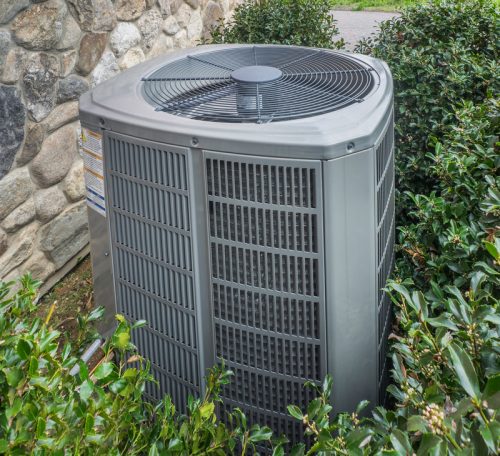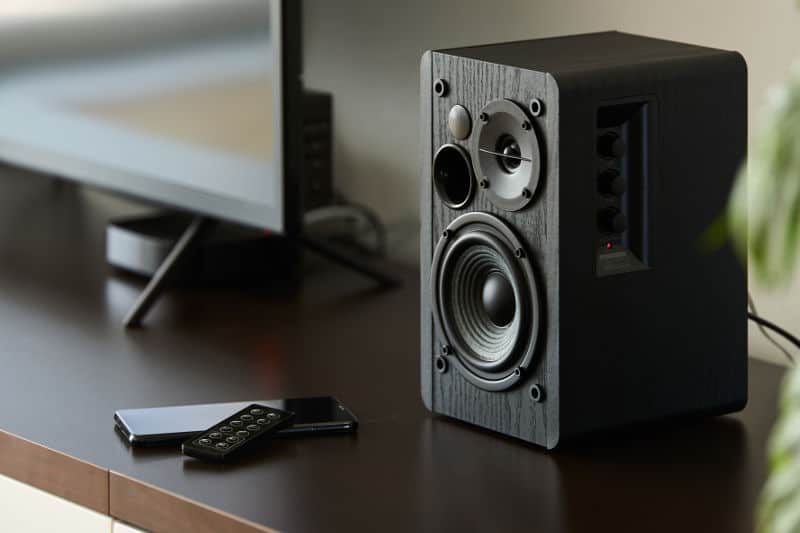Wind noise
Windy recordings often require audio restoration. Wind produces extremely low-frequency vibrations in a microphone’s diaphragm, which behave almost like a DC signal entering the pre-amps. This results in two issues: excessive sub-bass rumble and overloading of the pre-amps, which causes audible distortion.
Check out windshield attachments for mics.

The most effective solution is prevention—keeping wind noise out of the recording in the first place. This can be achieved by using proper wind protection and selecting microphones less sensitive to wind. Omnidirectional microphones generally handle wind better than directional ones, though they still benefit from windshields. In fact, with the same windshield, an omnidirectional mic typically outperforms a directional mic in windy conditions. Consider using specialized windshield attachments for the best results.

Background noise
There’s no single definition of audio noise, but in general, it’s background sounds such as fans, air conditioning units or other ambient noises that shouldn’t be in your video. Noisy audio distracts your viewers from the important information from the person speaking in your video. Before recording, you should get familiar with the typical ambient sounds in that area. Is there a wind noise? Can you hear large trucks or other traffic from outside? What about the heating or air conditioner system?
Those are just a few of the kinds of noises that can show up on your voice over when you record. Next, do a test recording of your room. You don’t need to speak, but use the microphone you will use for your voice over recording. Record 10-20 seconds of the natural noise in the room, “recording your room tone”. Then, listen to your room tone recording in headphones. What can you hear that you can immediately eliminate?
Reverb and echo
A reverberant space is one of the most common acoustic problem indoors. Most indoor recordings can be improved by reducing reverb during audio clarification process. Modern construction favors parallel walls, square rooms and flat hard surfaces like drywall and concrete, all of which creates excessive reverb times and irritating echoes. In rooms where critical listening is required this reverberation can have a significant impact on what is actually heard by the listener.
What is reverb? After a sound has been made, the waves from that sound continue to travel. When those sound waves hit and reflect off surfaces like walls, ceilings, floors, furniture, or even other people, that reflection can cause the sound to persist in the space even after the source of the sound has stopped, producing the sonic effect called reverberation.
Reverberation is a common reason it can be difficult to carry on a conversation in a crowded room or why some people don’t sound as clear when you talk to them in a video conference. Understanding and controlling reverberation can improve the sound quality around you. An already recorded dialogue with too much reverb will require audio clarification. from audio, audio clarification
Remove Hiss from Audio
We often get recordings for audio clarification with hissing noise, it is considered a common problem. Hiss is a broadband noise that spans the entire audible spectrum with greater intensity in the high frequencies. It is similar to the sound of blue noise. It comes from the electronic components themselves. The level of a circuit’s inherent noise is the noise floor.
All audio circuits generate some level of self noise. It is the inevitable result of the heat energy created by moving electrons. The level of noise depends on the quality of the components and the design of the circuitry. This is why more expensive audio gear — which typically use higher quality components and better designs — has a lower noise floor.
Since lower quality audio components have the greatest potential to create noise, it makes sense to look for the weakest link in the audio signal chain when trying to prevent hiss. Unfortunately for videographers, the weakest link is often the camera’s mic preamp. Audio clarification can effectively take care of this type of problem.

Hum and buzz
Hum is a consistent low-frequency noise that might also be described as a “buzz.” It can be caused by an electrical problem that is inaudible in the acoustic environment but recorded via a physical connection to other equipment. It may also be audible in the acoustic environment and recorded by a microphone.
Electrical hums can result from many technical issues, most of which will likely be out of your control. Acoustic hums often emanate from equipment like air conditioners, fans, refrigerators, older computers, large machinery, etc. You’ll hear them loud and clear in the recording space.
Audio clarification can reduce or remove hums, though it can be an involved process.
